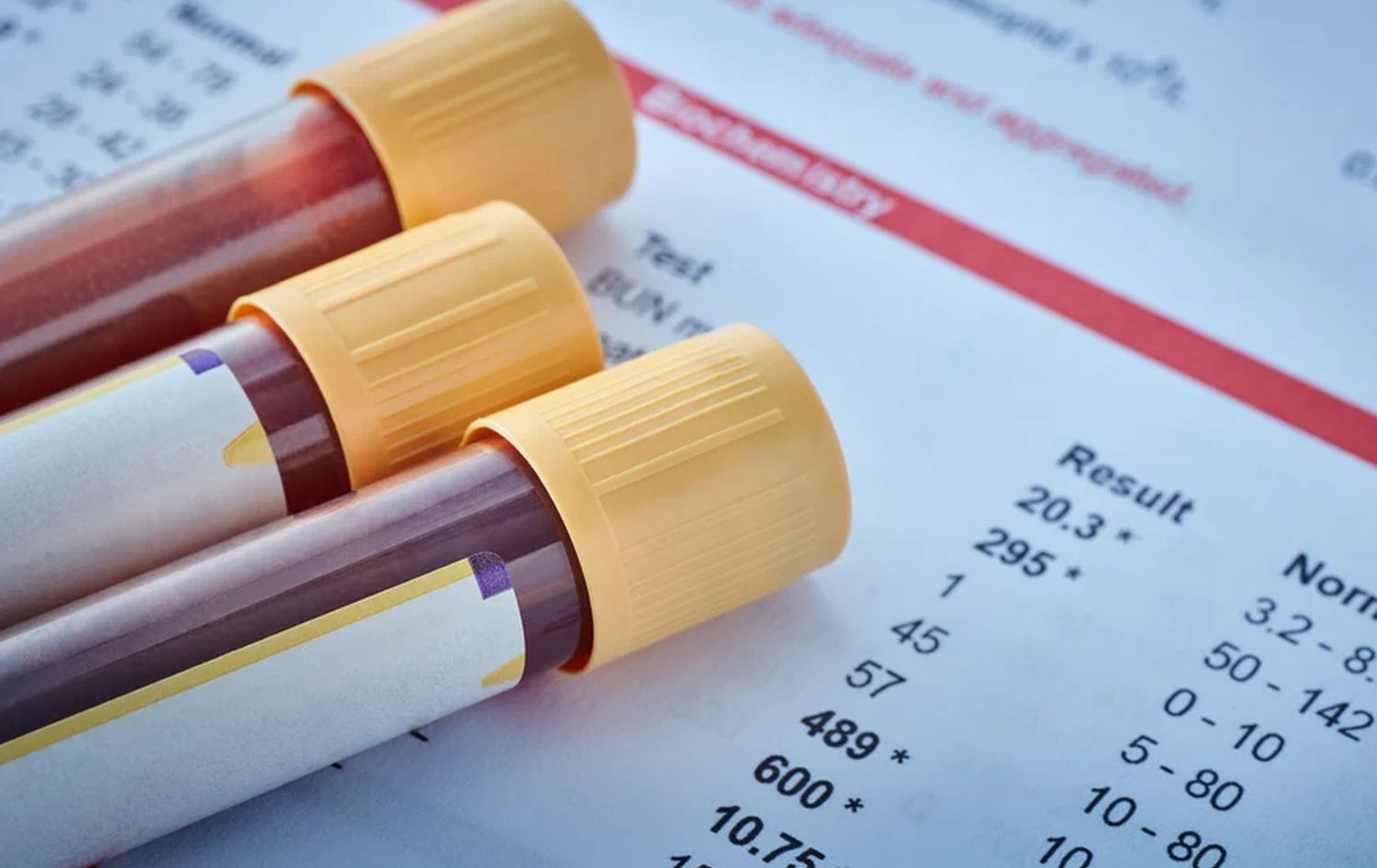Low Albumin High Globulin: A Complete Guide to Causes and Treatment

Low Albumin High Globulin: A Complete Guide to Causes and Treatment
A low albumin and high globulin result in an inverted A/G ratio, a common marker that healthcare providers use to identify chronic inflammation, immune disorders, liver dysfunction, and kidney disease.
This imbalance might indicate underlying medical conditions requiring evaluation.
This guide explores the causes, health risks, diagnostic tests, treatment approaches, and recovery expectations for an inverted protein ratio.
If you recently received your results back and need a personalized explanation regarding what they mean, LabAnalyzer can offer a specific breakdown.
Common Causes of Low Albumin/High Globulin
An inverted A/G ratio occurs when albumin, produced by the liver, decreases and globulin, immune-related proteins, increases.
Using digital tracking tools like LabAnalyzer helps monitor these changes.
Chronic infections and inflammation can stimulate the immune system, raising globulin levels while reducing albumin production.
Liver disease, including cirrhosis, hepatitis, and fatty liver disease, can impair albumin synthesis, leading to an imbalance.
Kidney disease, including nephrotic syndrome, can cause albumin loss through urine.
Autoimmune disorders such as lupus, rheumatoid arthritis, and multiple myeloma can lead to excess immune protein production.
Nutritional deficiencies, including malnutrition and malabsorption disorders, can prevent proper albumin synthesis.
Cancer and blood disorders such as multiple myeloma, leukemia, and lymphoma can increase globulin production, altering the ratio.
Medical Conditions to Consider
Several chronic diseases and systemic disorders can cause an inverted A/G ratio.
Chronic liver disease, including cirrhosis, hepatitis, and fatty liver disease, can lead to impaired albumin production, lowering the A/G ratio.
Kidney disease, such as nephrotic syndrome and chronic kidney disease, can cause albumin loss in urine, resulting in a low A/G ratio.
Chronic infections, including tuberculosis, HIV, and hepatitis C, can increase globulin levels due to the immune response.
Autoimmune disorders such as lupus, rheumatoid arthritis, and multiple sclerosis can cause the immune system to overproduce globulin.
Multiple myeloma and blood cancers can lead to abnormal globulin production, decreasing the A/G ratio.
Malabsorption conditions, including celiac disease, Crohn's disease, and chronic pancreatitis, can result in nutrient deficiencies that lower albumin synthesis.
Healthcare providers investigate liver, kidney, immune, or nutritional disorders when they find an inverted A/G ratio.
Impact on Overall Health
A low albumin and high globulin ratio can lead to significant health effects.
Low albumin can reduce oncotic pressure, leading to fluid retention and swelling in the legs, lungs, or abdomen.
Regular monitoring is necessary to track progression and prevent complications.
Albumin plays a key role in transporting nutrients, and its deficiency can cause muscle weakness and fatigue.
Physical therapy can help maintain strength, while dietary changes can support recovery.
Increased globulin levels indicate immune activation, leading to chronic inflammation that can affect multiple organs.
Regular testing is important to track immune response, and treatment should focus on addressing the underlying causes.
Severe liver or kidney disease might progress over time, increasing the risk of organ dysfunction.
Regular monitoring can prevent complications, and early intervention can improve outcomes.
Treatment plans should be adjusted based on test results.
Malabsorption conditions can affect protein levels, leading to nutritional deficiencies and weight loss.
Weight changes should be closely monitored, and dietary modifications can help with recovery.
Nutritional supplementation can support the healing process.
Essential Lab Tests
Healthcare providers order additional blood tests and imaging to identify causes.
Liver function tests, including ALT, AST, bilirubin, and albumin, check for liver damage or disease.
Kidney function tests, including creatinine, BUN, and urine protein, assess albumin loss in urine.
Immunoglobulin levels, including IgA, IgG, and IgM, detect immune disorders that cause high globulin levels.
A complete blood count screens for infection, anemia, or blood cancers.
Serum protein electrophoresis is used to identify abnormal globulin production.
A liver ultrasound or MRI can detect cirrhosis, fatty liver, or tumors.
A kidney ultrasound is used to evaluate kidney function and structure.
A bone marrow biopsy might be required to diagnose multiple myeloma or leukemia.
Digital health platforms like LabAnalyzer help track test results over time, enabling better understanding of disease progression and treatment effectiveness.
Treatment Options
Treatment targets the underlying cause of low albumin and high globulin levels.
For liver disease, including cirrhosis and hepatitis, eliminating alcohol and limiting hepatotoxic medications is essential.
A liver-friendly diet with low sodium and high antioxidants can support liver function.
Medications such as antivirals or steroids might be required if liver disease is treatable.
For kidney disease, including chronic kidney disease and nephrotic syndrome, protein intake should be monitored, and a low-sodium diet should be followed.
Diuretics and albumin infusions might be needed if fluid retention becomes severe.
Dialysis might be required in advanced cases.
For autoimmune and chronic inflammatory conditions, corticosteroids and immunosuppressants can help reduce immune overactivity.
Biologic therapies can be considered for autoimmune conditions such as lupus, rheumatoid arthritis, and multiple sclerosis.
An anti-inflammatory diet rich in omega-3s and antioxidants can also support recovery.
For nutritional deficiencies and malabsorption disorders, dietary protein intake should be increased by consuming lean meats, eggs, dairy, and legumes.
Gut health issues should be addressed using probiotics and digestive enzymes.
Nutrient supplementation, including vitamins A and D, zinc, and magnesium, can help improve protein levels.
For multiple myeloma and blood cancers, chemotherapy or targeted therapies can help lower globulin-producing cells.
A bone marrow transplant might be necessary for aggressive cases.
Recovery Timeline
Improvement timeframes depend on the underlying condition and treatment plan.
Liver disease recovery typically takes three to six months with lifestyle changes and medication management.
Kidney disease monitoring is ongoing, with some cases requiring lifelong management.
Autoimmune disease management can take weeks to months, depending on medication adjustments.
Chronic infections might take several months to resolve, depending on the response to treatment.
Nutritional recovery usually takes two to six months with improved protein intake and better gut health.
Regular monitoring through LabAnalyzer helps track progress and adjust treatment plans for optimal outcomes.